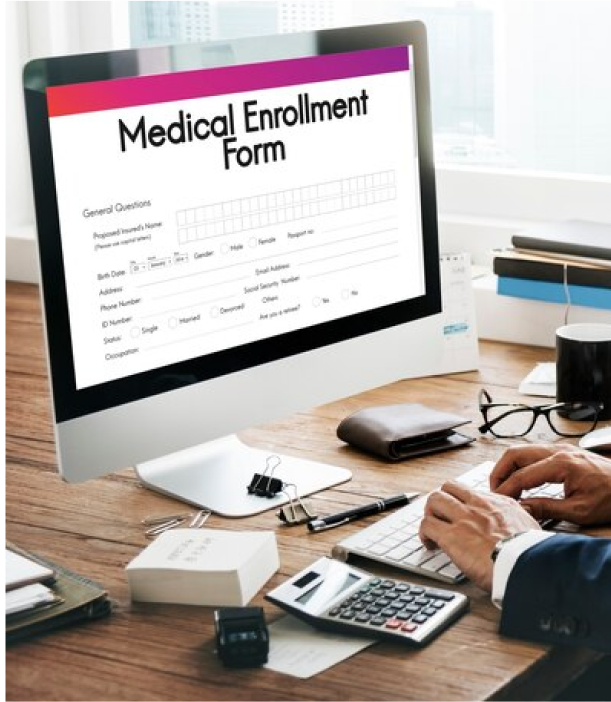Medicare part d

For more than four decades, individuals covered by Medicare bore the brunt of paying for most of their prescription drugs. However, in 2006, the U.S. government introduced a novel initiative known as Medicare Part D to alleviate the financial burden on beneficiaries associated with prescription medications.
Medicare Part D operates through collaboration with private insurance companies, allowing beneficiaries to explore various plans and select one that aligns with their specific requirements.
Participation in Medicare Part D is optional, allowing individuals to opt into a plan or refrain from doing so. If one chooses to enroll, they gain access to prescription medications at reduced rates, easing the financial strain. Furthermore, enrollment protects against excessive costs when individuals require costly medications.
What is the cost of
Medicare Part D?
The monthly Medicare Part D coverage premiums can vary depending on the specific plan chosen. These premiums range from as low as $10 in certain states to potentially exceeding $170 or more in other regions. The pricing structure of these premiums is primarily influenced by the formulary, which outlines the prescription drugs covered by the plan.
Medicare also applies an adjusted premium for individuals with higher incomes. For 2024, individuals earning over $103,000 annually or couples filing jointly with incomes exceeding $206,000 will be subject to the Income Monthly Adjusted Amount (IRMAA).
Individuals enrolled in Part D coverage benefit from affordable co-pays when purchasing pharmacy prescriptions. These co-pays are determined based on the negotiated rates between the plan administrator and the pharmacy, with medications typically categorized into different pricing tiers. Generic drugs often present the most economical option.
Additionally, participants may encounter an annual deductible. This deductible represents the out-of-pocket amount for prescription medications before insurance benefits cover the remaining costs (excluding co-pays). Medicare sets a yearly threshold for deductibles, with insurance companies prohibited from charging more than this limit, though they can opt to charge less. For 2024, the maximum deductible permitted for Part D coverage is $545.
Other pertinent cost-related details include:
The initial coverage limit for 2024 is $5,030.
During the coverage gap stage, individuals are responsible for 25% coinsurance until they reach $8,000 in total out-of-pocket (TROOP) expenses.
Catastrophic coverage entails a $0 cost share for the year 2024.


Enrollment in Medicare Part D
When you reach eligibility for Medicare (typically at age 65), you can enroll in Medicare Part D. Our team of licensed professionals is available to guide you through your plan options. Alternatively, you can directly enroll in a Part D plan through Medicare. You can contact 1-800-MEDICARE or visit the official Medicare website for enrollment information.
If you choose a Medicare Part C (Advantage) plan, Part D coverage may already be included.
Since Part D coverage is provided by private insurance companies offering various plans, reviewing each plan’s formulary carefully is essential. This ensures that the medications you prefer will be covered under the plan.
If you don’t enroll in Medicare Part D when you first become eligible for Medicare, you can still choose a plan later on. Every year, during Medicare’s Annual Election Period from October 15th to December 7th, you can add, drop, or change your plan selections.

Get Free Medicare Assistance
Friendly, licensed professionals are available to answer all of your questions. Call (931) 281-3700 or complete the form below and we’d be happy to reach out to you.
